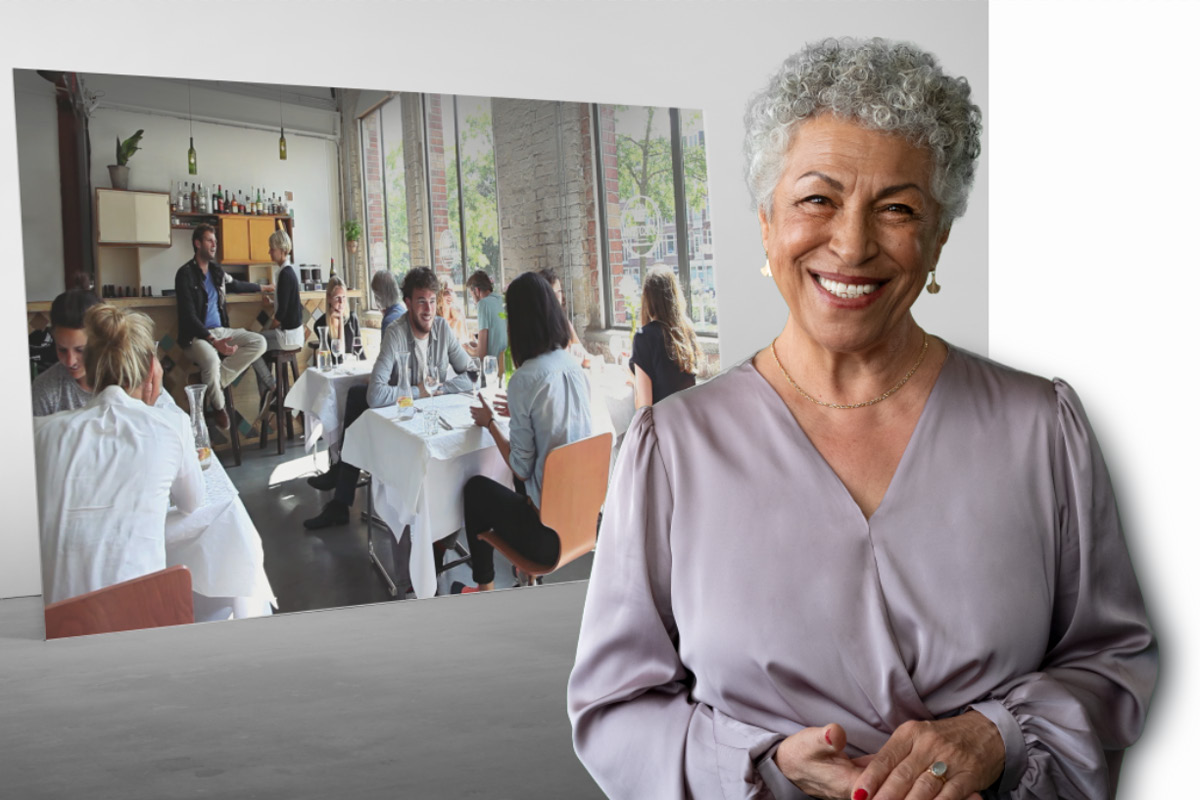Question
What is Augmented Focus™ and how can it help hearing aid wearers?
Answer

Brian Taylor: I appreciate the question, but before answering it, your readers should be reminded that better hearing in background noise has been the number one improvement sought by current hearing aid owners. This has been a consistent finding in many surveys published over the past 30 years.
More broadly, we know that for persons with hearing loss participating in a conversation or enjoying music, especially in a busy restaurant or other situations with a great deal of background noise, can be extremely challenging. Too often, traditional hearing aids fall short in these demanding listening situations.
Signia kept those facts in mind when designing Augmented Focus™ - a proprietary technology that serves as the backbone of our new Augmented Xperience platform, and powers the world’s first split processing of speech and background noise in hearing aids.
Unlike any other hearing aid on the market today, Augmented Focus processes speech and background noise separately to create a clear contrast between the two. The sounds are then recombined to deliver outstanding speech clarity in a fully immersive soundscape.
The critical term I want HCPs to remember is “split processing.” Here to help me explain the remarkable benefits of split processing found in Augmented Focus is Leanne Powers, AuD, director of professional education for Signia.

Leanne Powers: I am so glad you asked me to provide some details. Here is what HCPs need to know about split processing: Augmented Focus leverages two independent processors – one for ‘focus’ sounds like speech of a conversation partner, and one for ‘surrounding’ sounds like background music or ambient laughter. This split processing increases the contrast between focus and surrounding sounds and makes speech easier to understand in noise, while surrounding sounds are perceived as being further away.
Augmented Focus is enabled by Signia’s beamformer which splits the incoming sound into two separate signal streams. In perhaps the most common scenario, the focus stream contains sounds arriving from the front, while the surrounding steam contains sounds arriving from the back. Signals from each stream are processed separately across 48 frequency channels using an independent set of compression and noise reduction settings.
Keep in mind that what I just described is the typical scenario. In contrast, if speech is coming from behind the wearer and noise from the front, the focus stream will be the sounds from the back, and the surrounding stream will be the sound from the front.
Brian, maybe you could share with readers the expected patient benefits and clinical research supporting the effectiveness of Augmented Focus.
Brian: I would be happy to, Leanne. The benefits of this new technology for hearing aid wearers are clear. With the split processing found in Augmented Focus, it becomes easier for patients to follow conversations in difficult listening situations – without losing the background sounds that contribute to situational awareness. In fact, research shows that experienced hearing aid wearers reported 25% better speech understanding in noise with AX, compared to their own hearing aids.1 Additionally, 95% of study participants reported exceptional speech understanding in their home environment.2 Leanne, what current Signia styles or form factors have Augmented Focus?
Leanne: Augmented Focus is available in Pure Charge&Go AX, the first hearing aid model to be introduced on the new AX platform. Pure Charge&Go AX offers streaming for iOS and Android devices, and also comes in T-Coil and CROS options to fit a wide range of patient needs.
Learn more about Augmented Focus and the AX platform here.

1 Signia White Paper. Based on transformation of the 1.8 dB SNR improvement using a value of the slope of the psychometric function (Wagener & Brand, 2005).
2 Signia White Paper. 18/19 participants had a mean rating of speech intelligibility-related questions of more than 8.0 and 9.0, respectively.


